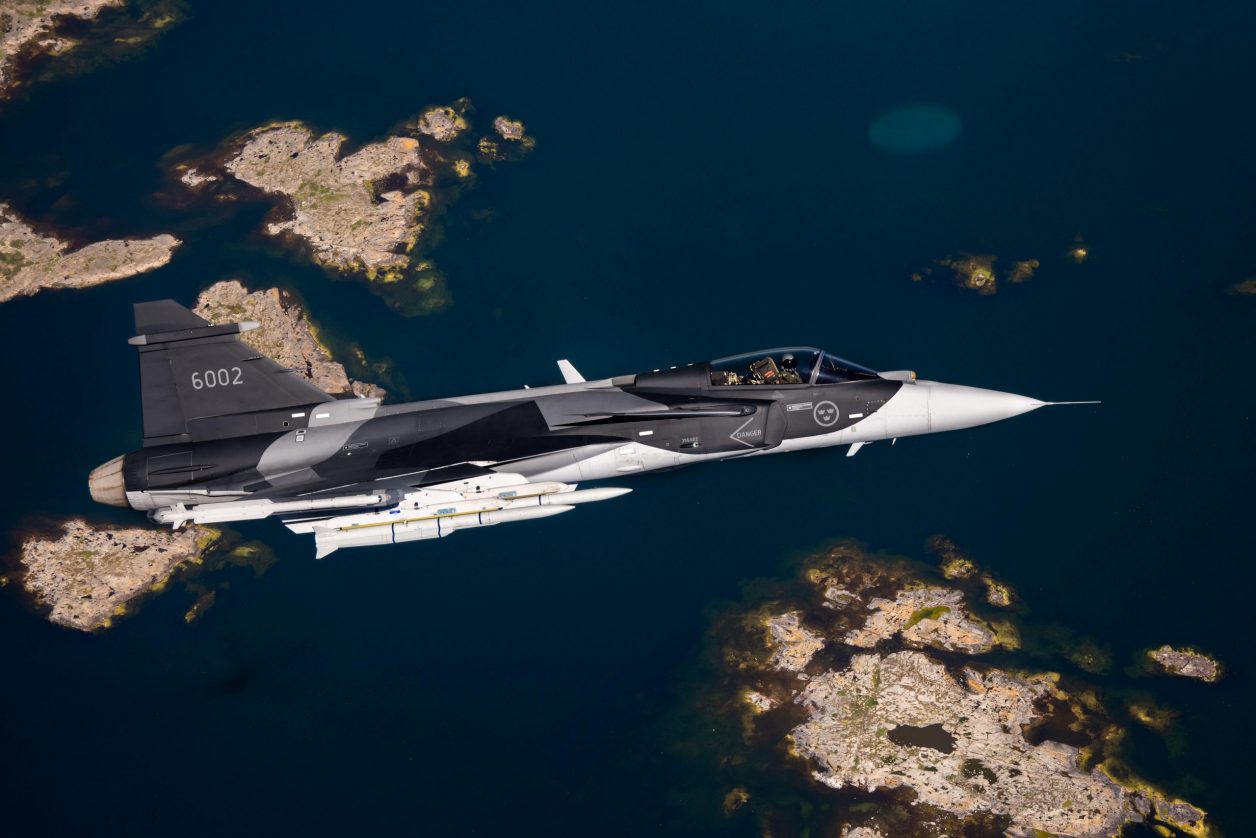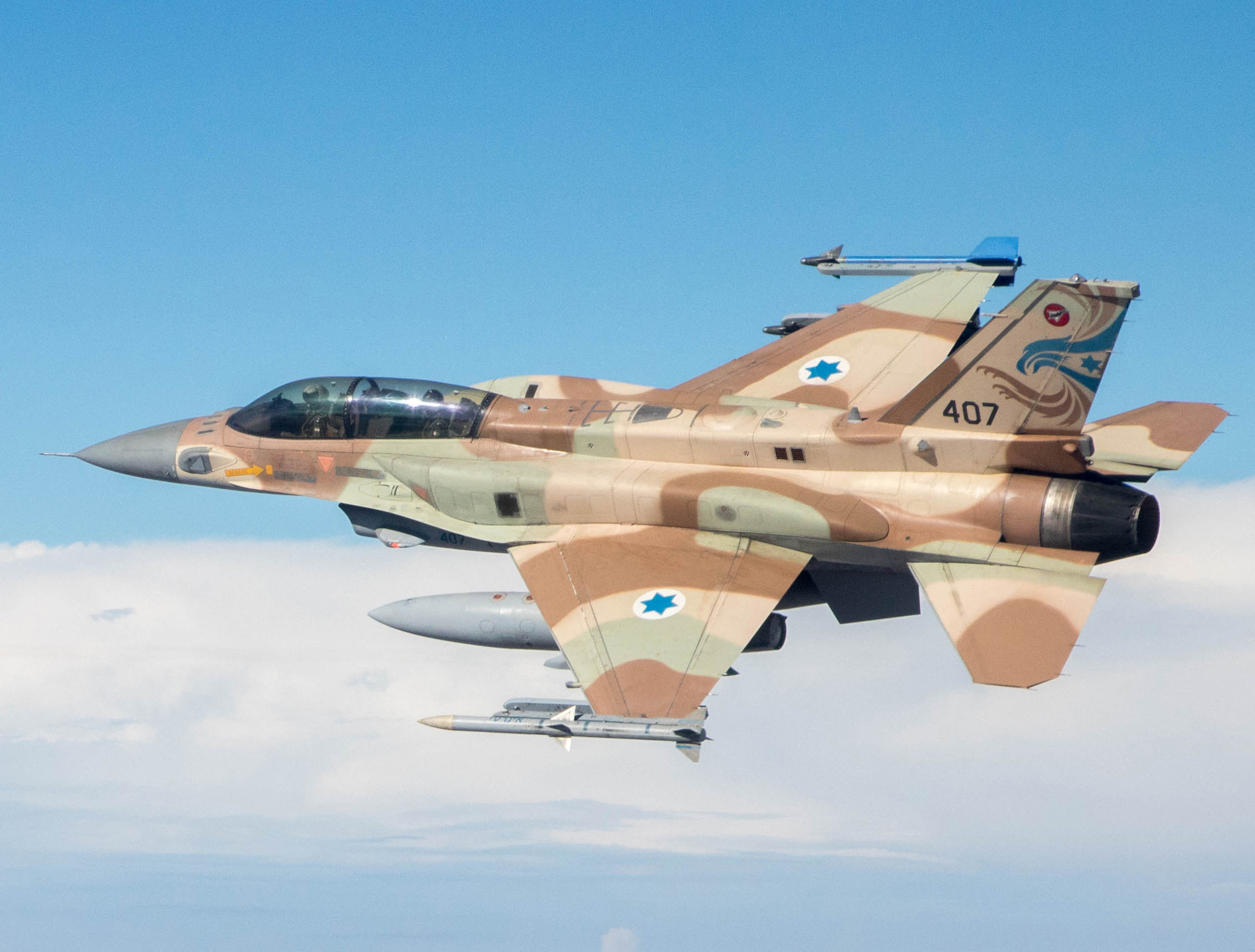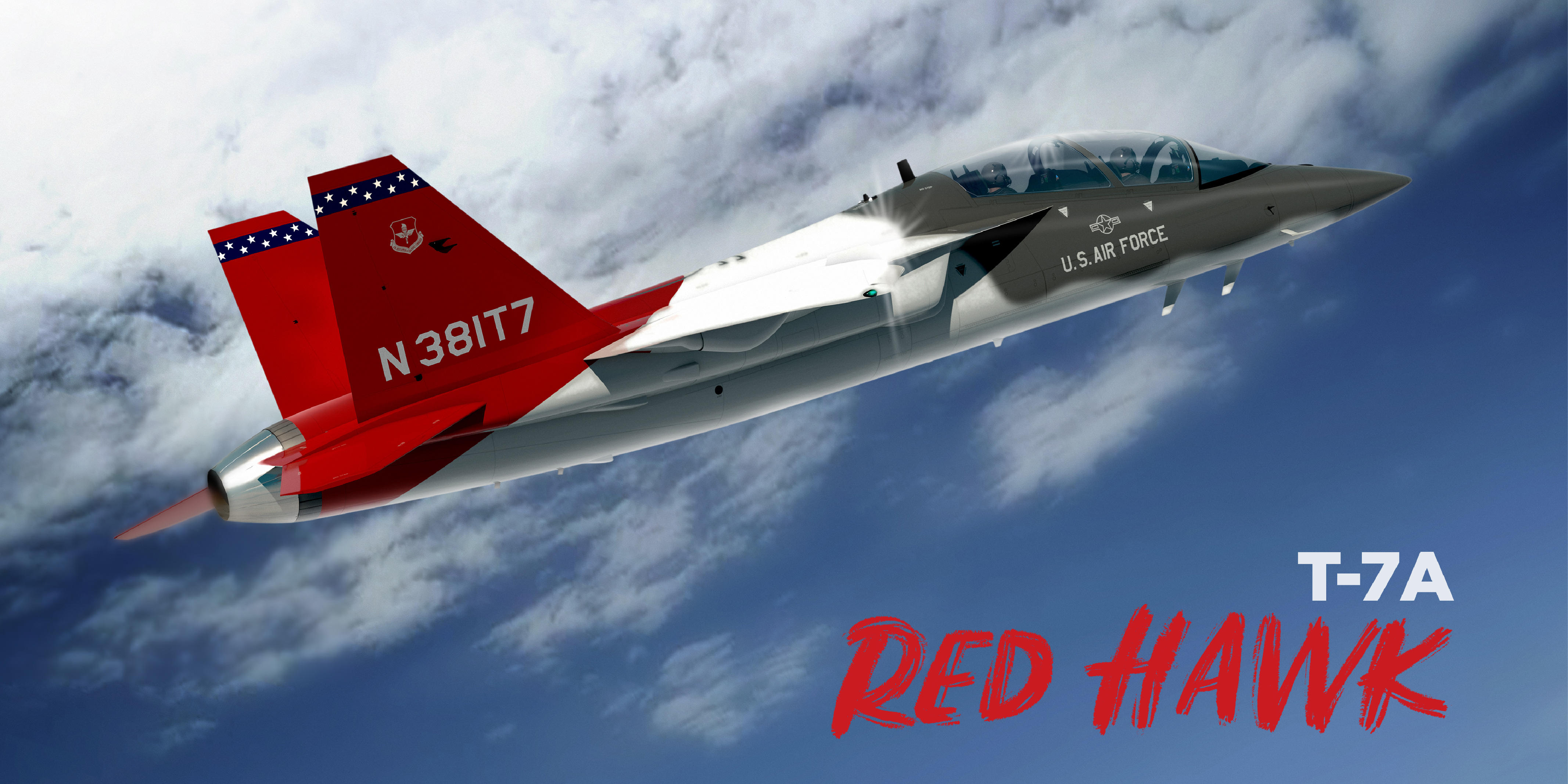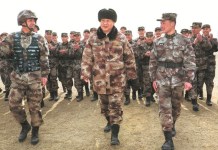By Amit Gupta
Around the world even the richest nations face the same dilemma: there is a growing need for airpower to fulfill missions that range from air combat to monitoring illegal immigration; but, at the same time, the escalating costs of airpower make it difficult to procure weapons systems.
China Prepares To Size A ‘Trillion Dollar Industry’; Pushing The World Towards Another World War?
The fact is that while modern aircraft are very capable, they are also extremely expensive and their technological sophistication is an unnecessary luxury for most countries in the world. In the past, the United States and the Soviet Union had aircraft which they could provide for free or at subsidized rates but that happy state of affairs no longer exists and the air forces of the west have not shown an interest in having export fighters or cheap combat aircraft. Yet there is a pressing need for such planes.
Not Many Buyers For 5th-Gen Fighters
If we look around the world, the airpower requirements of most nations are not centered around the expensive fifth or 4.5-generation fighters like the F-35 Lightning, the French Rafale, or the Typhoon Eurofighter.
Instead, their needs range from surveillance to prevent smuggling, poaching, and environmental disasters to fighting counterinsurgencies. Thus, the Italian Air Force now finds itself tracking illegal immigration and the Norwegians carefully monitor their North Sea oil facilities to ensure that they can track a potential oil spill.
Nigeria found that its Jaguar fast jets were not useful in combatting Boko Haram and, instead, bought the Brazilian Super Tucano which allowed for loiter time over the battlefield to strike at insurgent forces. Brazil continues to face the environmental degradation of the Amazon monitoring which cannot be done by the impressive Gripen fighter.
Further, cheap drones made with off-the-shelf components have shown their worth in both the Yemeni-Saudi conflict and in the conflict between Azerbaijan and Armenia. The Yemeni Houthis used cheap Iranian drones to penetrate Saudi Arabia’s expensive western-supplied air defenses and attack Saudi oil facilities. The Azeris were able to use Turkish drones to hammer away at Armenian artillery.

At the same time, the escalating cost of planes has made countries hold off on purchases of new planes or severely shrink their purchase orders. Cash-strapped Argentina has had a hard time finding an affordable fighter and the Uruguayan Air Force has asked its government for any kind of aircraft that has a radar — they are not even looking for a fourth-generation plus fighter.
Troubled Waters Of Indo-Pacific: Why America’s Most-Advanced Fighter Jets Are Crashing Near China?
India, faced with the escalating costs of the Rafale purchase, trimmed its fighter purchase to 36 planes from the original 126. Yet many of these countries are western allies with internal and external security challenges. The solution lies in an affordable export fighter.
Days Of Generous Gifts Long Gone
During the Cold War, the United States had a large surplus of World War II and Korean War aircraft that it could sell cheaply around the world or even give away for free under the Mutual Defense Assistance Act.
Later, it was to build a dedicated export fighter, the F-5 Freedom Fighter — and its successor the F-5E Tiger — that were sold to countries as varied as Vietnam, Kenya, Brazil, Netherlands, and Switzerland.

The Soviet MiG-21 had a more impressive record since over 10,000 were built in the Soviet Union, Czechoslovakia built 194, while India built 657.
The mass production of the aircraft made it a very cheap aircraft and the Soviets were able to give planes for free to friendly air forces. Additionally, the Chinese built over 2400 J-7s — their version of the MiG-21 — and the plane was sold at subsidized rates to Albania, Zimbabwe, Pakistan, Bangladesh, and North Korea.
Today, however, there are few planes that can fit this category. The South Korean FA-50 is affordable and has been sold to countries in Southeast Asia but Argentina was unable to buy it because it had British avionics and London had sanctions on Argentina.
The Chinese have the JF-17 which has been sold at “friendship prices” to Pakistan and Nigeria has shown some interest in the aircraft. Chinese authorities are also trying to sell a weaponized version of the L-15 trainer — confusingly labeled the JL-10 — at a cost of under $20 million. Neither plane has had the success that the Chinese J-7 had as an export fighter.

Russia continues to build the MiG-29 and the different versions of the Sukhoi-27/30 but the MiG is plagued by high maintenance costs and smoky engines that make it easily visible from miles away.
The Sukhois are more expensive aircraft, require considerable maintenance, and are more aircraft than needed by most of the world’s air forces. At present, the subsonic Yak-130 weaponized trainer may be Russia’s cheapest plane to export but so far has had few takers.
While the Chinese and the Russians have aircraft that they can sell, the United States has nothing that fits into the category of a cheap export fighter. Going into the 2020s and 2030s, the backbone of NATO’s air power was supposed to be the F-35 Lightning which is an advanced fighter that would give the alliance’s air forces a common and interoperable platform.
The problem was that because the costs of the plane ballooned, the Western nations, with aging populations and strong social welfare programs, were forced to choose between buying aircraft or paying for the welfare of their people (the guns vs. butter dilemma).
Western Allies Need An Affordable Fighter
The Canadians were the first to bail when they decided to cancel their F-35 purchase, despite sunk costs, and, instead, bought mothballed F-18s from the Australians. Italy followed by stating that it would not buy additional F-35s and would even prefer to reduce its existing order.

The older F-16 has built a wonderful reputation around the world and countries as varied as Denmark, Pakistan, and Israel swear by the aircraft which has a proven record in combat.
The problem is that the newer versions of the aircraft are unaffordable for most nations—for example, a proposed sale of 12 F-16s and support equipment to the Philippines may cost that country over $2.4 billion.
Western allies need an affordable fighter and that plane may well be a weaponized version of the T-7 Red Hawk that the United States is building to train its next generation of pilots. The plane is capable of supersonic flight, has modern avionics, and the USAF will order 351 aircraft.

Such a large purchase will bring down the costs of additional aircraft that are added to the production line and allow the United States to sell the plane to allies who not only need an affordable fighter but desire the relationship with the United States that comes through arms purchases.
A weaponized Red Hawk with a capable but not expensive radar would be the way to go for most American allies and it would allow Washington to arm nations in South America and Africa that are looking at Chinese and Russian planes. In conclusion, airpower is necessary to cement alliances but it has to be affordable.
(Amit Gupta is an Associate Professor of Indo-Pacific Studies at the USAF Air University Culture and Language Center. The views in this article are his and do not necessarily reflect those of the USAF or the Department of Defense.)




